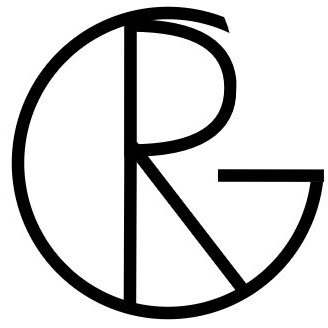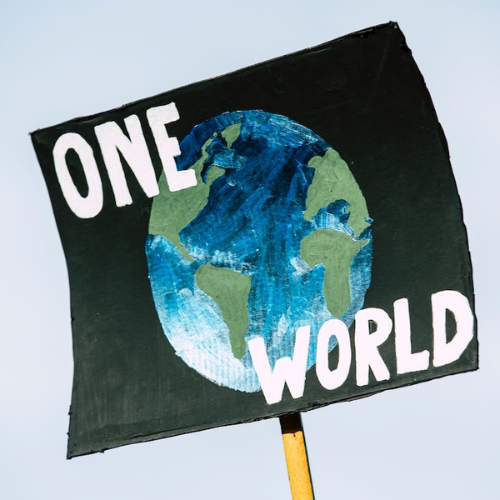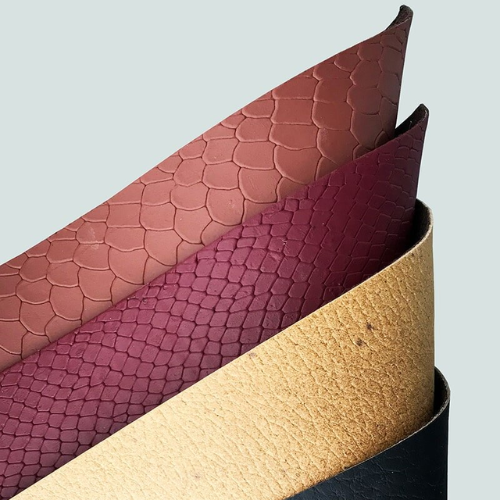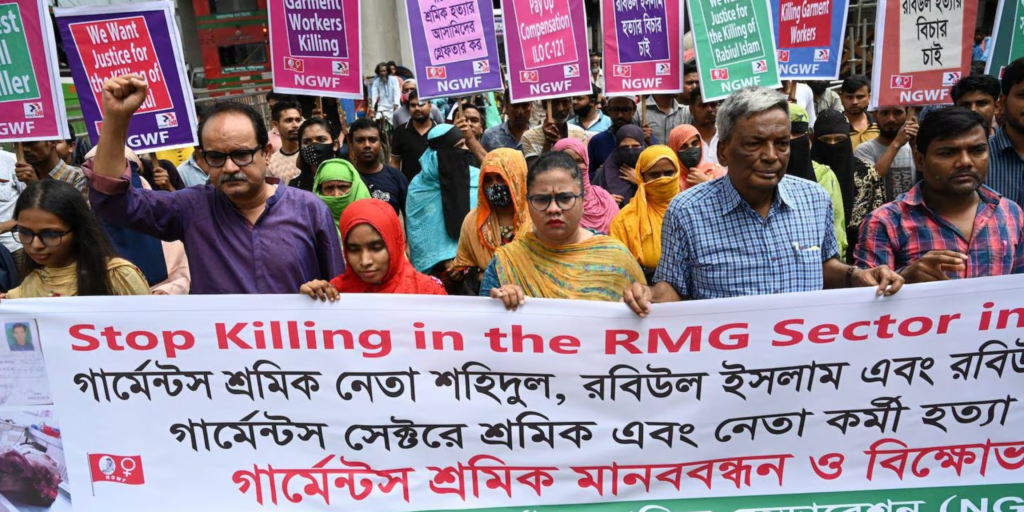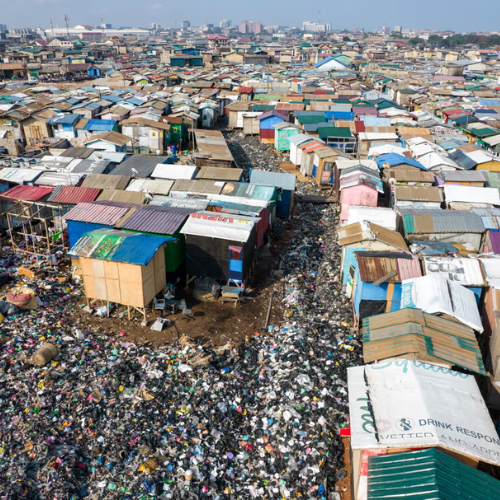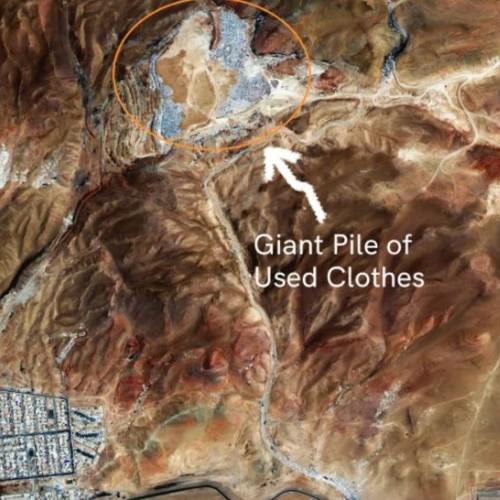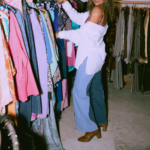As 2023 draws to a close, it is time to reflect on the events that unfolded throughout the year. As always, the ever-bustling fashion industry saw a flurry of activities throughout the year. With social media and the countless new trends, many fashion brands had record-breaking sales and saw significant increases in profits.
At the same time, this year also saw record-breaking temperatures, extreme weather events, and natural disasters, serving as a stark reminder of climate change. These environmental challenges hold complex implications for the fashion industry, making sustainability a widely discussed theme throughout the year – marked by positive advancements and alarming setbacks.
Therefore, in this post, we will look back at the fashion industry in 2023 and the good, the bad, and the ugly in its sustainability.
The Good
When it comes to fashion and sustainability, we often like to focus on the negative side and the setbacks. However, 2023 has seen some amazing improvements and progress in the fashion industry, and I think it is essential to reflect on that.
Shift in Consumer Behavior
2023 has seen a significant shift in consumer behavior in relation to sustainability – particularly in the fashion sector. A striking 78 percent of millennials express a willingness to pay extra for sustainable brands. On a global scale, this sentiment resonates with 69 percent of consumers, as reported by Fashion Network. These statistics underscore the growing significance of sustainability in shaping consumer choices. It is evident that for the fashion industry to stay relevant and responsive to consumer needs, prioritizing sustainable practices has become not just a preference but a necessity.
Additionally, in line with the mindset towards sustainable choices, second-hand fashion also increased in popularity, especially amongst millennials and Gen Z. Around 52 percent of millennials and Gen Z are inclined towards thrift shopping instead of buying new.
Transparency in Fashion is Increasing
Earlier this year, the non-profit organization Fashion Revolution published its Transparency Index. This index assesses and ranks brands based on the depth of information they disclose throughout the supply chain.
According to the index, the average transparency amongst 250 fashion brands increased from 24 percent to 26 percent, indicating a 2 percent point increase. Although the increase is small, it does show that brands are working on improving their transparency.
Increased use of Sustainable Materials
It is not just the consumers who have shown a dedication to a sustainable future in 2023. Amongst brands, the use of raw sustainable materials in their collections has risen substantially, jumping from 15.8 percent in 2020 to 45.1 percent in 2023.
Moreover, there is a growing trend of fashion brands swapping out synthetic fibers for more sustainable alternatives. This shift indicates a positive commitment from these brands to reduce their environmental impact.
Technologies in Fashion
More and more start-ups are working on finding innovative solutions to create a more sustainable fashion industry. It is, therefore, not surprising that 2023 has witnessed a massive transformation fueled by cutting-edge technologies. From innovative materials such as mango leather to advanced manufacturing processes like laser cutting, technology has become a driving force for positive change in the fashion industry.
The adoption of artificial intelligence and machine learning has revolutionized design processes, enabling the creation of eco-friendly designs. In addition, Artificial Intelligence is making its way into the supply chain and resource management. It even has implications in sustainable material sourcing (although it is not yet used in fashion).
Moreover, Blockchain technology has brought transparency to the supply chain, empowering consumers to make informed choices about the ethical and environmental impact of their fashion purchases.
Furthermore, the rise of digital platforms and augmented reality has redefined how consumers engage with fashion. For example, French start-up Veesual AI provides virtual try-on experiences.
EU’s Fight Against Fashion
The European Union is taking action against the fashion industry through various initiatives and regulations.
In January, the European Commission launched the ReSet The Trend campaign, urging young people to choose circular and sustainable fashion. The goal is to reduce waste generated by the fast fashion industry.
Furthermore, the European Commission reached a preliminary agreement on new regulations to ban misleading advertisements, commonly known as “greenwashing.” This move aims to shield consumers from deceptive marketing tactics, empowering them to make more informed choices.
Additionally, the European Commission has developed a strategy for sustainable and circular textiles, addressing both the production and consumption of textiles while recognizing the industry’s importance. The objective is to make the sector greener by 2030. The key goals of the strategy include ensuring that all textile products in the EU market are durable, repairable, and recyclable, predominantly made from recycled fibers, free of hazardous substances, and produced in line with social and environmental standards.
The strategy promotes the idea that “fast fashion is out of fashion,” encouraging consumers to benefit longer from high-quality, affordable textiles. It also aims for the widespread availability of profitable reuse and repair services.
Moreover, the strategy envisions a competitive, resilient, and innovative textiles sector where producers take responsibility for their products throughout the value chain. This involves having sufficient capacities for recycling and minimizing incineration and landfilling. Notably, the strategy includes a ban preventing fashion brands from destroying unsold goods. These measures reflect the EU’s commitment to fostering a more sustainable and ethical fashion industry.
The Bad
Although many noticeable positive shifts happened this year, the fashion industry is far from sustainable, and it is showing.
The Fashion Industry is not on Track
Despite efforts by fashion brands to modify their production processes for a more eco-friendly approach, the industry’s progress falls short of expectations.
According to the latest update on Textiles 2030 by WRAP, a non-profit climate action organization, there was a concerning 13 percent increase in production volumes, counter to the necessary reduction. While carbon emissions experienced a small 2 percent decrease, there was an alarming 8 percent rise in the water footprint. This outcome is disheartening, especially considering the industry’s imperative to halve its emissions by 2030 to align with the climate objectives of the Paris Agreement.
Adding to the challenges earlier this year, several prominent brands, including Asos and Crocs, veered away from their previously committed net-zero emission targets for 2030. Asos admitted that the brand no longer aligns with its initial target and anticipates setting a new goal “as soon as practicable.” Crocs, on the other hand, attributed the setback to being “unaware” of its carbon footprint and overlooking the impact of the business’s growth.
In general, the overall results of the pledges made by fashion brands are limited.
Fast Fashion Consumption Increased
As per McKinsey & Company’s report on “The State of Fashion 2024,” Shein and Temu, the Ultra Fast Fashion brands, have significantly gained popularity in the Western Market. In the previous year, 46% of Americans engaged in shopping from these brands, and this figure is anticipated to rise in 2024.
This development raises concerns, particularly regarding sustainability, as these brands prioritize rapid product production without considering the impact on the environment or social well-being. The focus on selling low-quality items at a lower cost worsens the issue of overconsumption.
Profits over Planet
It seems that fashion brands are choosing profit over the planet. As mentioned earlier, the production of goods has increased, and so has the price. This year we have seen a significant increase in prices due to inflation, however, according to the Business of Fashion this could also be for another reason.
Last year, major fashion conglomerate LVMH had a 16 percent increase in CO2 emissions, but it reported a reduction in the intensity of emissions. The intensity of emission is a metric used to weigh down the emissions relative to each dollar of sales generated. Coincidentally, in the same year, LVMH’s revenue increased by nearly 50 percent. This means that the increased revenue decreased the company’s emission intensity even though the overall emissions increased.
Unfortunately, such tricky wording is used far more often than we would like, and therefore, fashion brands are urged to report absolute numbers and set science-based targets.
Garment Workers are not Paid Enough
A largely ignored part of the fashion industry is the garment workers, and sadly, this has remained an issue in 2023. While the fashion industry is making big plans to reduce the environmental impact (although not yet successful), it seems that garment workers remain left behind.
This year, global sportswear brands have been under fire for their refusal to pay their garment workers. Nike is facing growing pressure because the brand has refused to pay 4000 Cambodian garment workers $2.2 million since 2020. Adidas is in a similar situation and owes $11 million to Cambodian garment workers and over $2.4 million in severance pay to the workers at the Hulu Garment factory.
Furthermore, even in 2023, garment workers often earn well below a living wage despite the pledges made by fashion brands for a fair wage. In Bangladesh, most garment workers still earn well below the poverty line, and many are struggling for basic survival. Therefore, Bangladesh workers took to the streets to demand higher wages. However, factory owners claim they cannot afford a higher minimum wage.
Most fashion brands sourcing from Bangladesh have refused to raise their prices so they could meet the living wage, failing their commitment to living wages. These brands include H&M, C&A, and Uniqlo.
The protests have killed four people and injured many more after facing police violence.
The Ugly
The fashion in industry has an ugly side, one that we, in the Western World, often do not see from close by. However, for other parts of the world, this part is intertwined within their daily life.
Ghana as a Dumping Ground
Every week, 15 million garments arrive in Ghana, most of them going to Kantamanto, the world’s largest reuse and upcycling economy. Once these clothes arrive, market vendors will go through the piles to see what they can mend and resell. The problem is that most of these clothes are in very bad condition, and thus, most end up in landfills around the city.
In the past, this was a lucrative, sustainable business for vendors. However, as time passed, clothes became fast fashion and waste from the Western world. It is ruining the country by clogging the water systems, polluting the ocean, and destroying the ecosystems.
Fashion Waste Visible From Space
In May, a Satellite imagery app SkyFi revealed that mountains of fashion waste in the Atacama Desert of Chile can be seen from space. The majority of the clothes were manufactured in China and Bangladesh and then sent to be sold at stores in the U.S., Europe, and China. The clothes that were not sold were then dumped in the Atacama.
These pictures are horrifying and show how we are ruining nature with the overproduction and overconsumption of the fashion industry.
Sources
- Gabe Clothing – Sustainable Fashion Statistics
- Fashion Network – Shift in Consumer Behavior
- Fashion Revolution – Transparency Index 2023
- Startus Insights – Technologies in Fashion
- Sanvt – Artificial Intelligence in Sustainable Fashion
- Veesual AI
- Good on You – Innovations in Sustainable Fashion
- European Commission – ReSet The Trend Campaign
- European Parliament – Greenwashing Ban
- European Comission – Strategy for Sustainable and Circular Textiles
- WRAP – Textile Progress Report
- Business of Fashion – Asos, Crocs Reset Net-Zero Climate Commitments
- McKinsey & Company – The State of Fashion 2024
- Business of Fashion – Are Luxury’s Biggest Brands Inflating Away Their Emissions?
- Clean Clothes Campaign – Nike under fire over the sportswear giant’s three-year refusal to pay its garment workers
- Clean Clothes Campaign – Adidas’ profits blunder ignores rights violations on International Women’s Day
- Clean Clothes Campaign – Bangladesh government proposes new poverty wage of 12,500 BDT ($113) per month, ignoring the workers’ desperate calls
- Business of Fashion – A ‘Climate of Fear’ in Fashion’s Supply Chains
- The Guardian – ‘It’s like a death pit’: how Ghana became fast fashion’s dumping ground
- CNN – At one of the world’s largest secondhand textile markets, discarded clothes are getting a new lease on life
- Business Insider – Inside Ghana’s largest secondhand clothing market, where 7.5 million pounds of donated garments arrive every week
- SkyFi
- Space.com – High fashion! Mountain of discarded clothes in Chilean desert is visible from space (satellite photo)
All pictures link to their source, and all credits go to the rightful owners.
You can find the header picture here.
